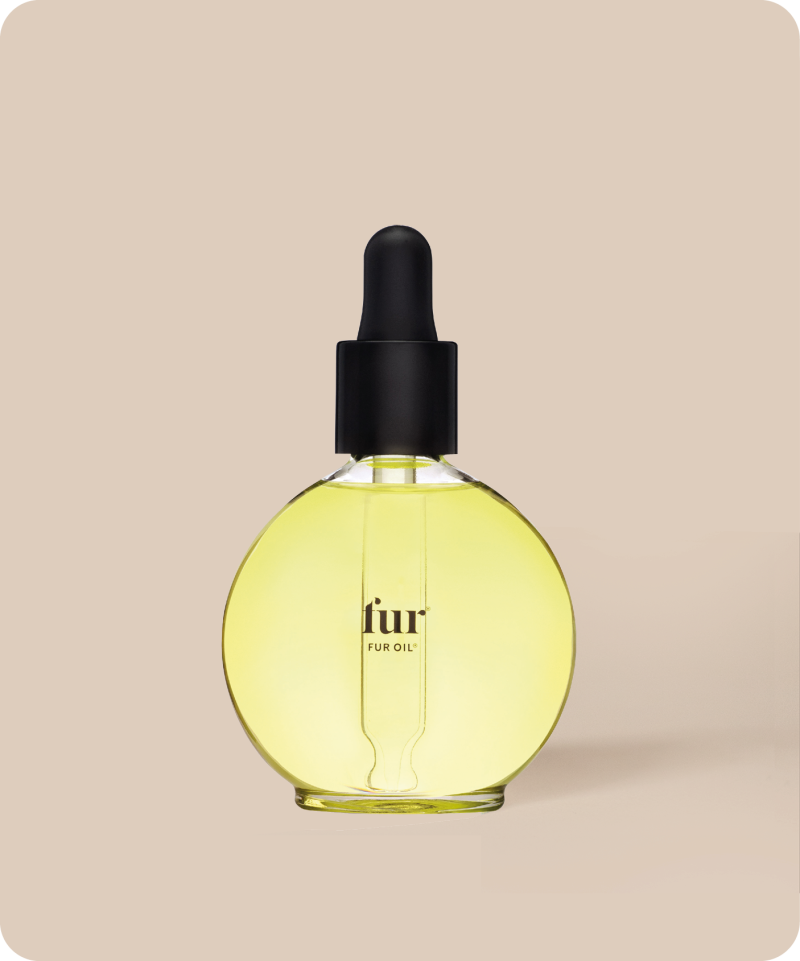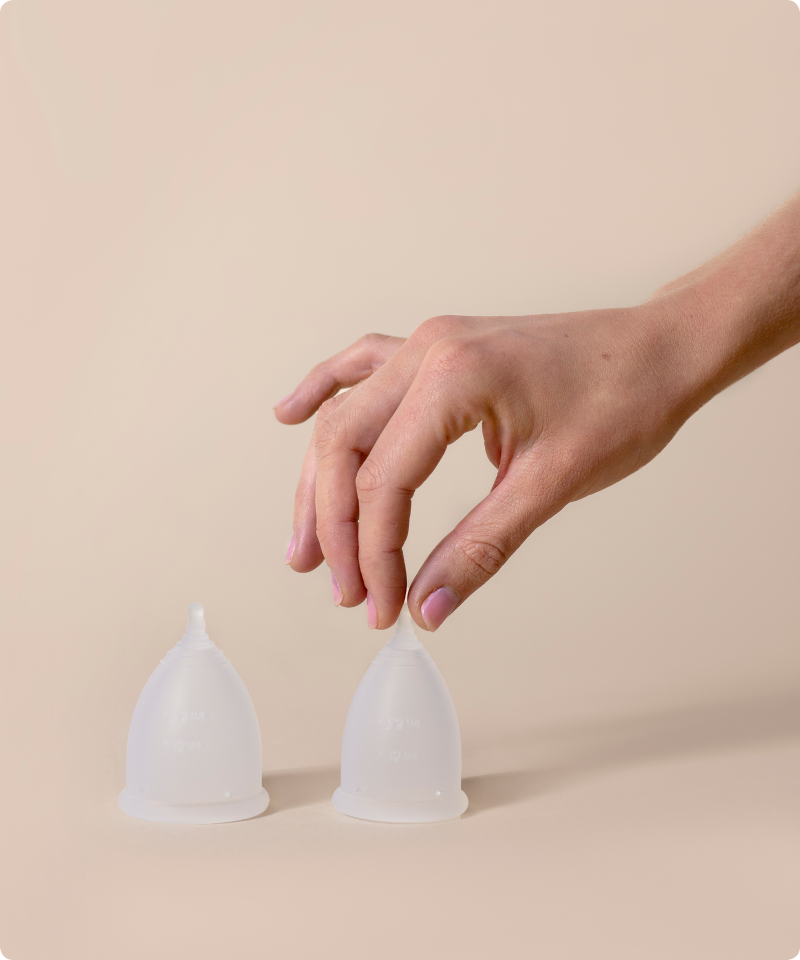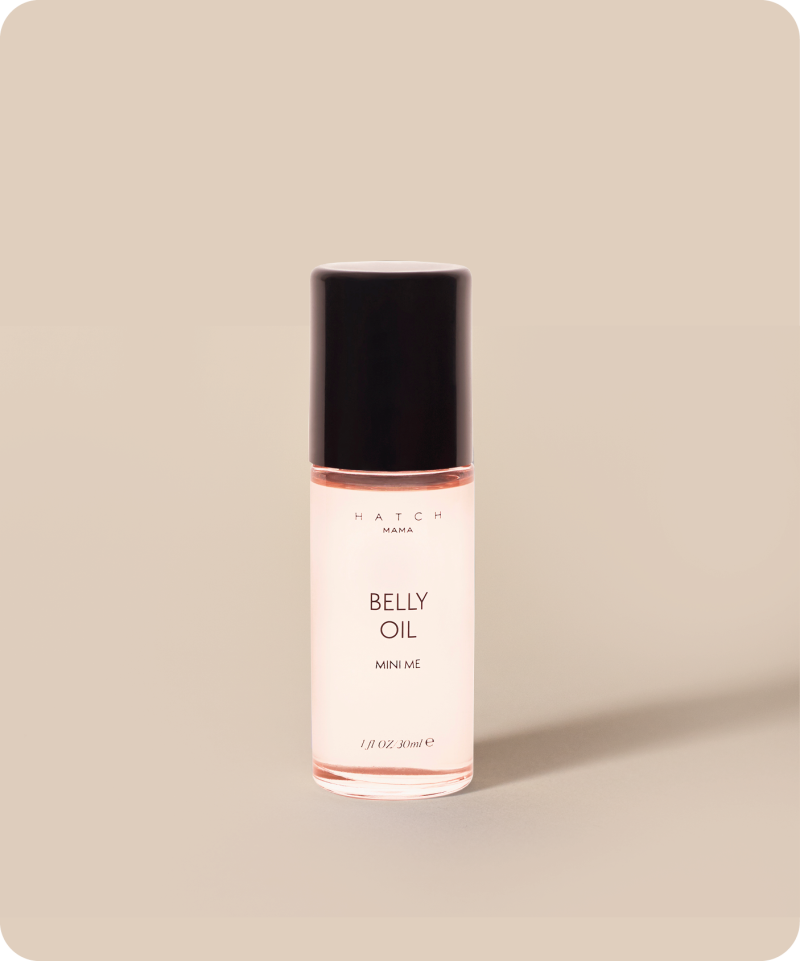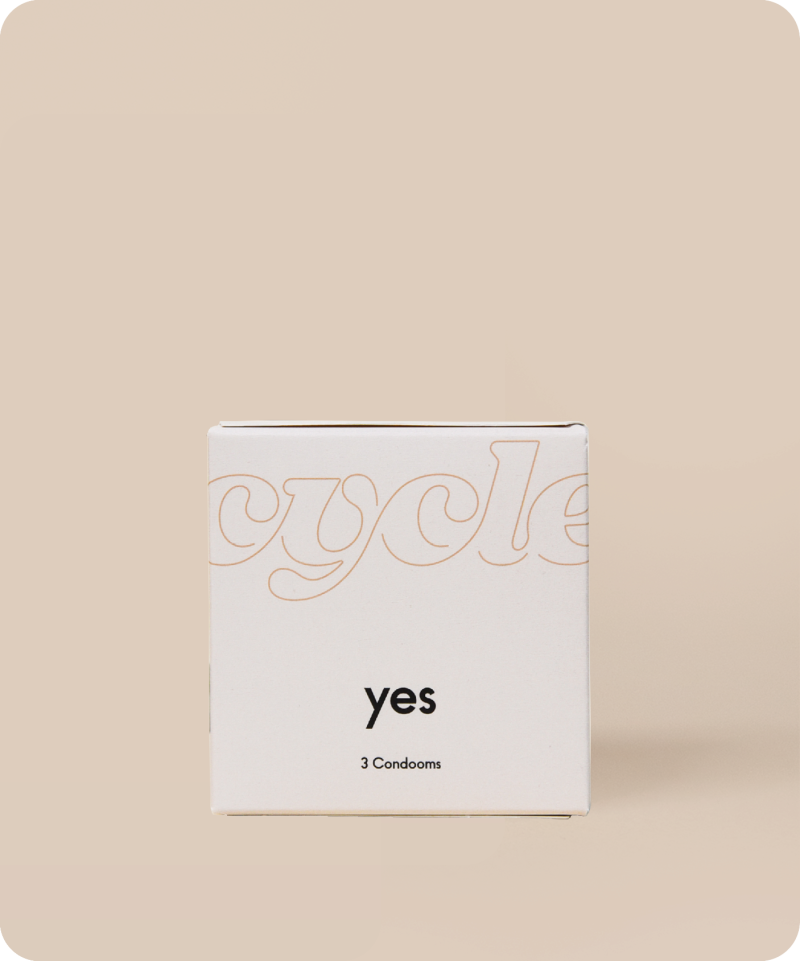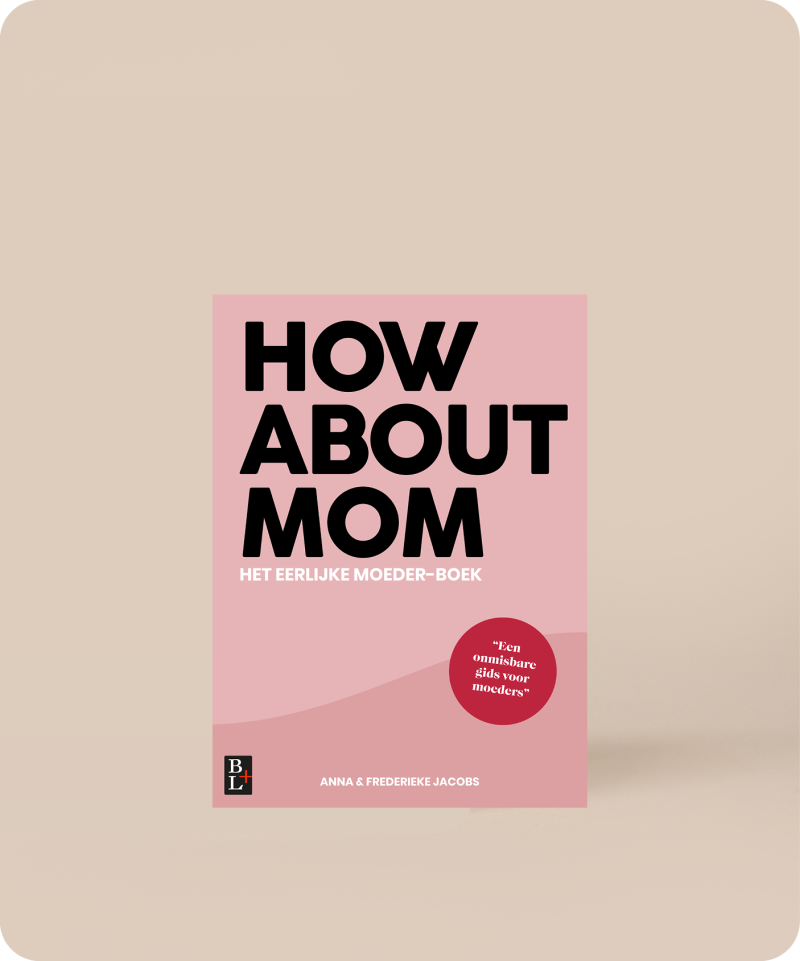Sterilization for women
What is it?
For women+, sterilization is an operation in which the oviducts are closed. This means that sperm cells can no longer reach and fertilize the ovum. The oviducts do continue to produce the ovum and female sex hormones, but since the oviducts are closed, these ova can no longer reach the uterus. They end up in the abdominal cavity, where your body then rids itself of them. A sterilization is the most definitive type of birth control: after having one, you’ll never be able to get pregnant again.
How does it work?
The most common type of sterilization is laparoscopy. When you undergo this, you’re put under anesthesia, after which the gynecologist makes two incisions: around the edge of your pubic hair and close to your navel. The incision near the navel is used to pump air into the abdominal cavity, which makes your abdominal wall bulge. This way, the doctor can easily see what they’re doing. Using the incision around the edge of your pubic hair, the gynecologist closes the oviducts with rings (Falope-rings) or with clips (Filshie-clips). In some cases, they will cauterize the oviducts shut. All in all, the operation takes around half an hour, and you’ll usually be free to go home that very same day. You might experience some stomach pain for the first few days after the operation. A few weeks later, you’ll be able to get the stitches removed. Sterilization via the abdominal wall makes you infertile immediately.
Sometimes, the oviducts are removed entirely (hysteroscopic sterilization) by way of a keyhole surgery (laparoscopy). That isn’t a standard operation, but is one that may occur if the oviducts look differently than usual or if it isn’t possible to place a clip. Of course, this is always discussed in advance.
A third method of sterilization is the Essure method, which works by inserting feathers into the vagina. This method caused a lot of side effects, which is why it is no longer carried out in the Netherlands and the UK.
Trustworthiness
Sterilization is a trustworthy anti-contraceptive method. The chance of you getting pregnant is very small, since it only occurs in 5 out of every 1000 women. The younger you are when you get this done, the higher the chance of pregnancy is. In women up to 30 years old, this chance is 3%, while it’s 2% for women between the ages of 30 and 35. Of the 200 women above the age of 35 who are sterilized every year, one of them unintentionally gets pregnant. It does not matter whether rings or clips are used to close the fallopian tubes. If the fallopian tubes are cauterized, the chance of pregnancy may be slightly higher, unless almost the entire fallopian tube is cauterized.
Where is this procedure done?
Your GP can give you a referral for a gynecologist. They will be able to carry out the sterilization.
Cost
In the Netherlands, a sterilization procedure costs between €1300 and €1500. Sterilization is not included in the basic package of your health insurance. However, you can take out additional insurance for this. If you live elsewhere, be sure to check what the cost of sterilization is for you.
Advantages
You’ll never have to worry about birth control again;
No more hormones in your body;
Your hormone levels will stay balanced, since your ovaries continue to work as normally.
Disadvantages
If you grow to regret the procedure, it usually can’t be reversed;
If you used hormonal contraception before your sterilization, old menstruation problems may pop back up.
Side effects
Every operation has its risks, and that’s also true for sterilization. After the surgery, you can suffer from stomach pains, shoulder pain, and blood loss. The anesthesia also makes you feel unfit for a few days. Sometimes sterilization fails, for example due to being overweight, adhesions to the fallopian tubes or previous fallopian tube inflammation or peritonitis.
Contraindications
A sterilization isn’t the way to go for everyone. For example, if you’re still young and there’s a chance that you’ll change your mind about your child-wish. If you have a lot of menstruation issues for which you’ve used hormonal contraceptives, it might not make much of a difference if you undergo the surgery. Furthermore, sterilization is not recommended if you’ve had previous surgeries or inflammation in your stomach.
Mental
For many women+, sterilization is an emotional intervention. The decision to not have children (anymore) is a very definitive one, and if you grow to regret it, it often can’t be reversed. That’s why it is super important to base your decision to get sterilized on so-called ‘stable factors’, which means things that won’t change anymore. That could be your age, your own health issues, or any health issues in the children that you may already have. Research shows that women who decide to get sterilized based on their relationship or shortly after a difficult birth or miscarriage are significantly more likely to regret it. Frequently, women will want children again once they begin a new relationship, and the pain of a difficult birth or miscarriage will be forgotten after a while. It’s important for you to read up about the subject, and to really think about your decision to be sterilized.
And then this
A hysteroscopic sterilization is irreversible. If you regret your sterilization, you’ll only be able to get pregnant through IVF. It is sometimes possible to reverse a laparoscopic sterilization and repair your fallopian tubes, but such a repair operation is expensive and is not reimbursed by insurance. After a repair operation, you’ll have a 40 to 85% chance of getting pregnant. You will have a slightly higher risk of an ectopic pregnancy.










